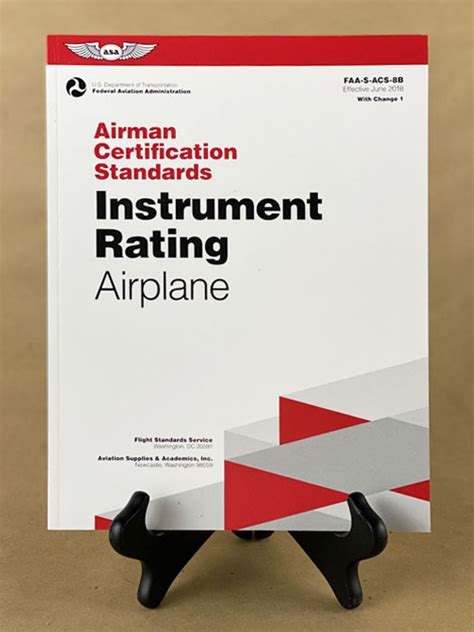Is a Quick Instrument Rating Realistic? Find Out Now
The allure of a quick instrument rating is strong. Many pilots dream of achieving this advanced certification rapidly, eager to expand their flying capabilities and conquer challenging weather conditions. But is this realistic? The answer, as with most things in aviation, is nuanced. It depends on several key factors, and understanding them is crucial before embarking on this ambitious journey.
What is an Instrument Rating?
Before we delve into the feasibility of a quick instrument rating, let's clarify what it entails. An instrument rating (IR) allows pilots to fly in instrument meteorological conditions (IMC), meaning situations with low visibility where relying solely on visual references is impossible. This requires extensive training in navigating using flight instruments, understanding complex meteorological phenomena, and mastering precise aircraft control techniques. The training involves significant ground school and a substantial amount of flight time.
Factors Affecting the Speed of Obtaining an Instrument Rating
Several factors significantly influence how quickly you can obtain your instrument rating:
1. Prior Flight Experience:
Pilots with extensive prior flight experience, particularly in cross-country flying and various weather conditions, often progress faster through instrument training. A strong foundation in basic flight maneuvers and aircraft handling translates to a smoother learning curve in the instrument environment.
2. Time Commitment:
This is arguably the most critical factor. Obtaining an instrument rating quickly demands a substantial time commitment. This involves consistent flight training, diligent ground school study, and regular practice. A full-time commitment will naturally lead to faster completion than a part-time approach.
3. Instructor and Training Program:
The quality of your flight instructor and the chosen training program significantly impacts the speed and efficiency of your training. A skilled instructor can tailor the curriculum to your individual learning style, identify areas needing improvement, and provide focused instruction. A well-structured program with clear milestones and expectations also contributes to faster progress.
4. Learning Style and Aptitude:
Individual learning styles and aptitude play a crucial role. Some pilots grasp instrument flying concepts more rapidly than others. Those with strong spatial reasoning and an aptitude for multitasking tend to excel. Effective self-study and consistent practice outside of flight lessons are also essential.
5. Weather Conditions:
Unpredictable weather can disrupt training schedules, delaying the process. Consistent access to suitable flying conditions is crucial for maintaining momentum.
How Long Does it Really Take?
While there's no single definitive answer, the average time to obtain an instrument rating ranges from 40 to 80 hours of flight training. This doesn't include ground school hours, which can vary considerably depending on individual learning pace and the chosen learning method (self-study vs. classroom). A "quick" instrument rating might be achieved within the lower end of this range, but this requires exceptional dedication, favorable conditions, and a solid foundation in flight training.
Frequently Asked Questions
How many hours of flight training are needed for an instrument rating?
The FAA requires a minimum of 40 hours of flight training for an instrument rating. However, most pilots require significantly more, ranging from 40 to 80 hours, to achieve proficiency and meet the high standards required for solo flight in IMC.
Can I get my instrument rating in a month?
While theoretically possible for exceptionally dedicated and experienced pilots under ideal conditions, achieving an instrument rating in a month is highly unlikely and not recommended. Rushing the process can compromise safety and proficiency.
What is the average cost of an instrument rating?
The cost varies greatly depending on location, flight school, aircraft rental rates, and the number of hours required. Expect a significant financial investment.
What are the benefits of getting an instrument rating?
An instrument rating greatly expands your flying possibilities, enabling you to fly in various weather conditions and expanding career opportunities in aviation. It also enhances your overall piloting skills and decision-making capabilities.
Conclusion: Realistic Expectations are Key
While a "quick" instrument rating is possible for some, focusing solely on speed can be detrimental. Prioritizing safety, thorough understanding of concepts, and achieving true proficiency should always take precedence. A realistic approach, combined with diligent effort, and a commitment to excellence will ensure a safe and successful path to obtaining your instrument rating. Remember, it's a journey of skill development, not just a race against the clock.

